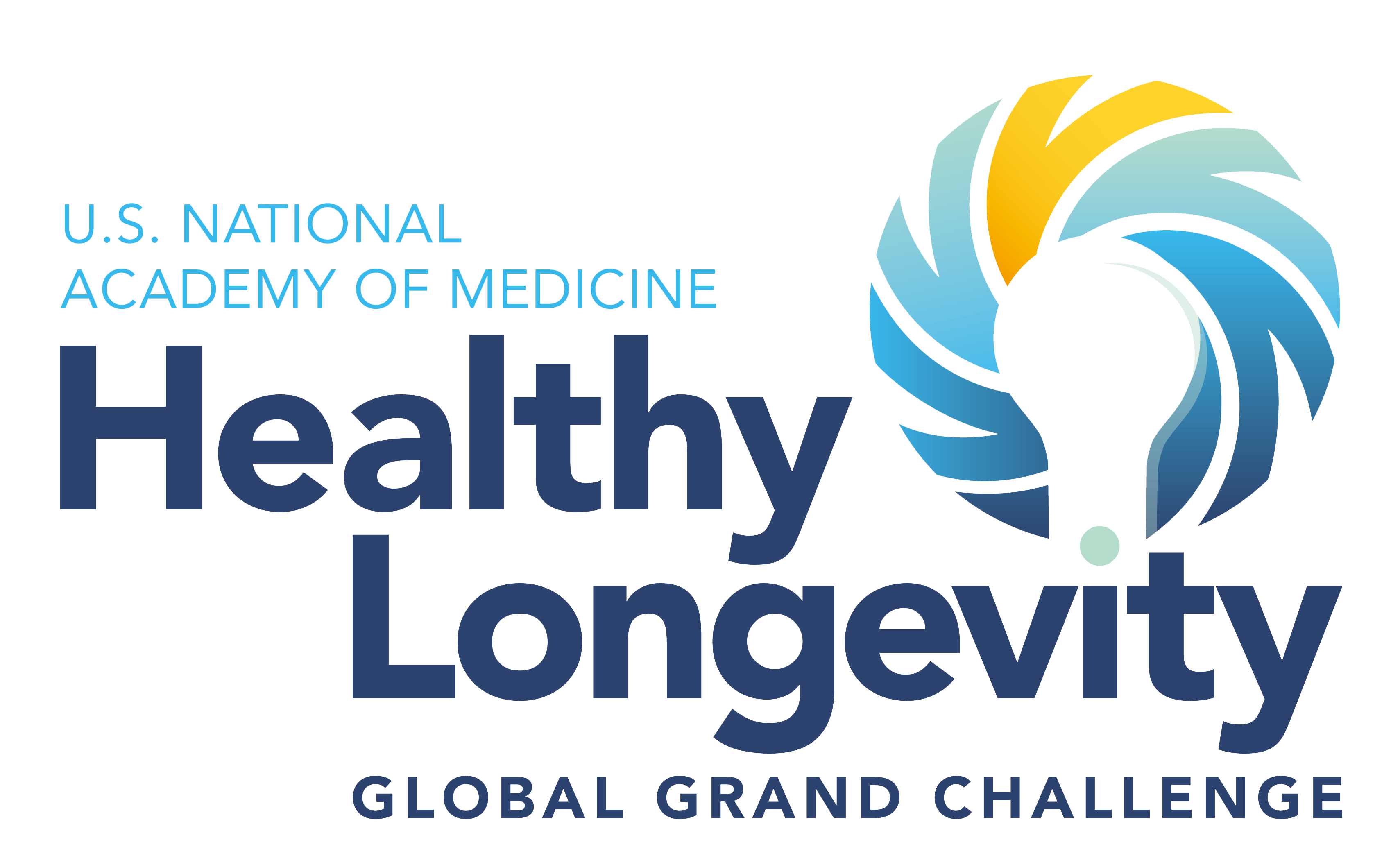Academia Sinica Catalyst Award Competition: Information and instructions

Academia Sinica Catalyst Award Competition: Information and instructions
- Proposals will be judged on the basis of creativity and innovation, rather than on the basis of pre-existing data, demonstrated work, institutional capabilities, or feasibility alone.
- In writing the proposals, applicants should bear in mind that reviewers will have diverse expertise and perspectives. Please address your ideas to stimulate a broad audience.
- The proposal should first address each of the 3 lead questions in a short statement(s) of less than 60 words.This will collectively serve as the Executive Summary or Abstract of your proposal in a total of less than 180 words.
- Elaborate on each of the above aspects, followed by a feasible research plan in fewer than two A4 pages(1 inch or 2.54 cm margins for all sides, single spaced, font: Times New Roman or Calibri, 11 point). Up to three key references may be included. Among the points to be addressed are:
- the specific healthy longevity problem to be solved;
- the crux of your idea, its underlying hypothesis if applicable, why is it unconventional and/or creative? why this idea and why now?
- the potential impact of the work, on the health and well-being of people as they age, what would it change and how it may transform the field if the project is successful;
- plans to test the ideas, to establish proof of concept, the scientific or technical challenges, the key deliverables for this catalyst award, and what next for the accelerator phase?
Also briefly describe the international competitiveness and commercialization prospects of your project.
- Applicants with proposals that are not selected for a Catalyst Award will receive a notification of decline without specific feedback. Applicants are encouraged to submit ideas in future rounds.




